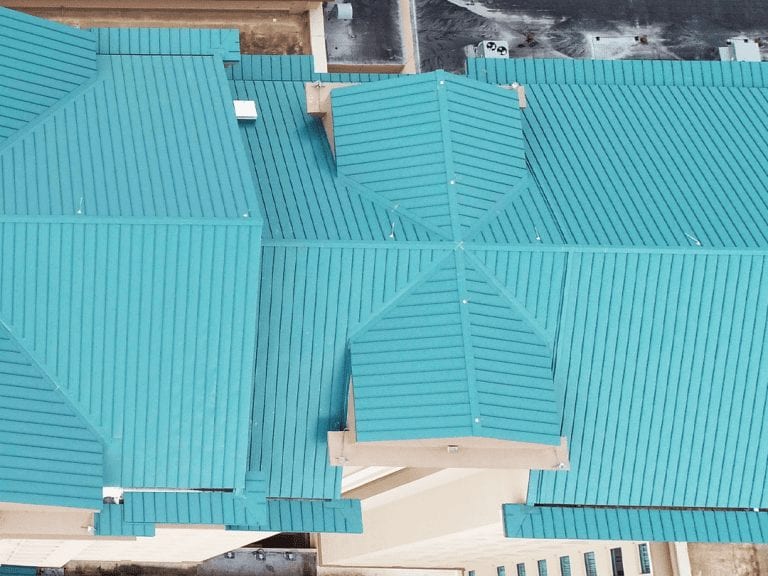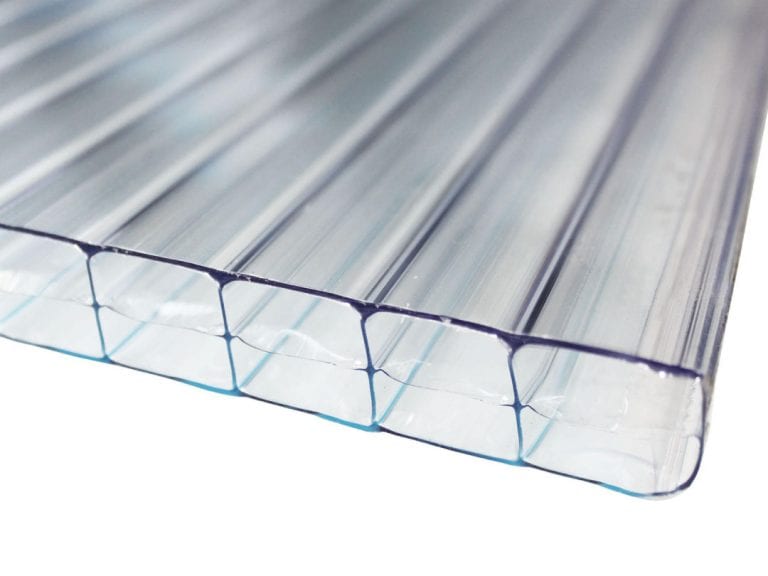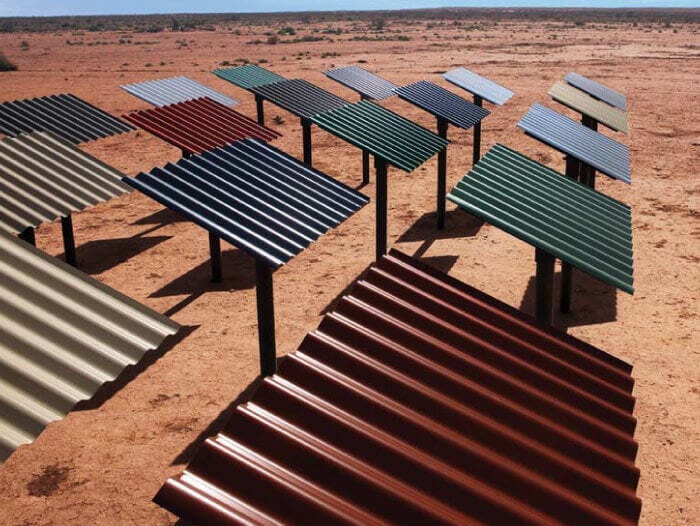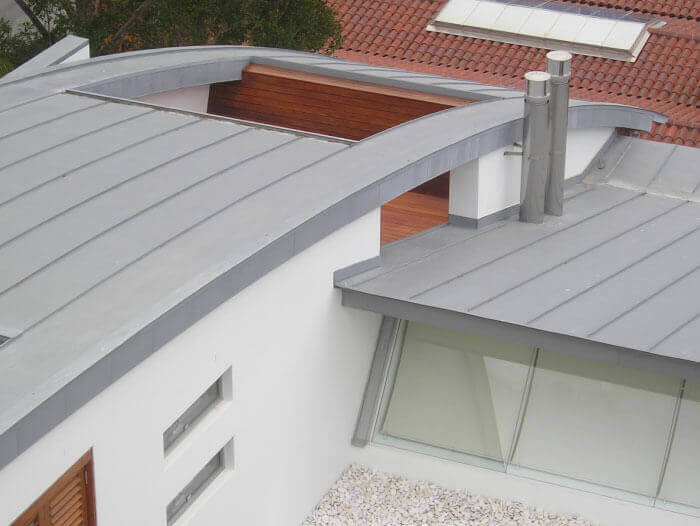Benefits of Fibreglass and Polycarbonate Roofing
Rain Heads Custom Made Shipped Free Australia Wide – Click Here >
Dambuster Rain Heads Shipped Free Australia Wide – Click Here >
Commercial Industrial Roof Vents 300mm-950mm – Click Here >
Eco-Friendly Roofing Insulation Shipped Free – Click Here >
Gutter Sumps Shipped Free Australia Wide – Click Here >
Fibreglass or Polycarbonate Roofing
Conventional roofing materials cost a tidy sum. They may suit conventional settings but in modern-day industrial and commercial facilities, they are a poor investment. This is simply because they don’t offer the durability, strength and versatility that is required for industrial roofing.
Fibreglass and polycarbonate roofing products are an excellent alternative to conventional roofing. These materials come with a vast range of properties that makes them perfectly suitable for industrial roofing. Whether it’s a warehouse, a factory, a manufacturing facility, a processing plant, a retail location or a public venue like a stadium, both polycarbonate and fibreglass serve as excellent roofing material options.
They are also specifically suited to the Australian climate. With plenty of sunlight, need for energy conservation and a risk of fire hazards like bushfires, fibreglass and polycarbonate perfectly cater to the needs of Australian businesses. Following are some of the key benefits which make them stand out as the right commercial roofing products.
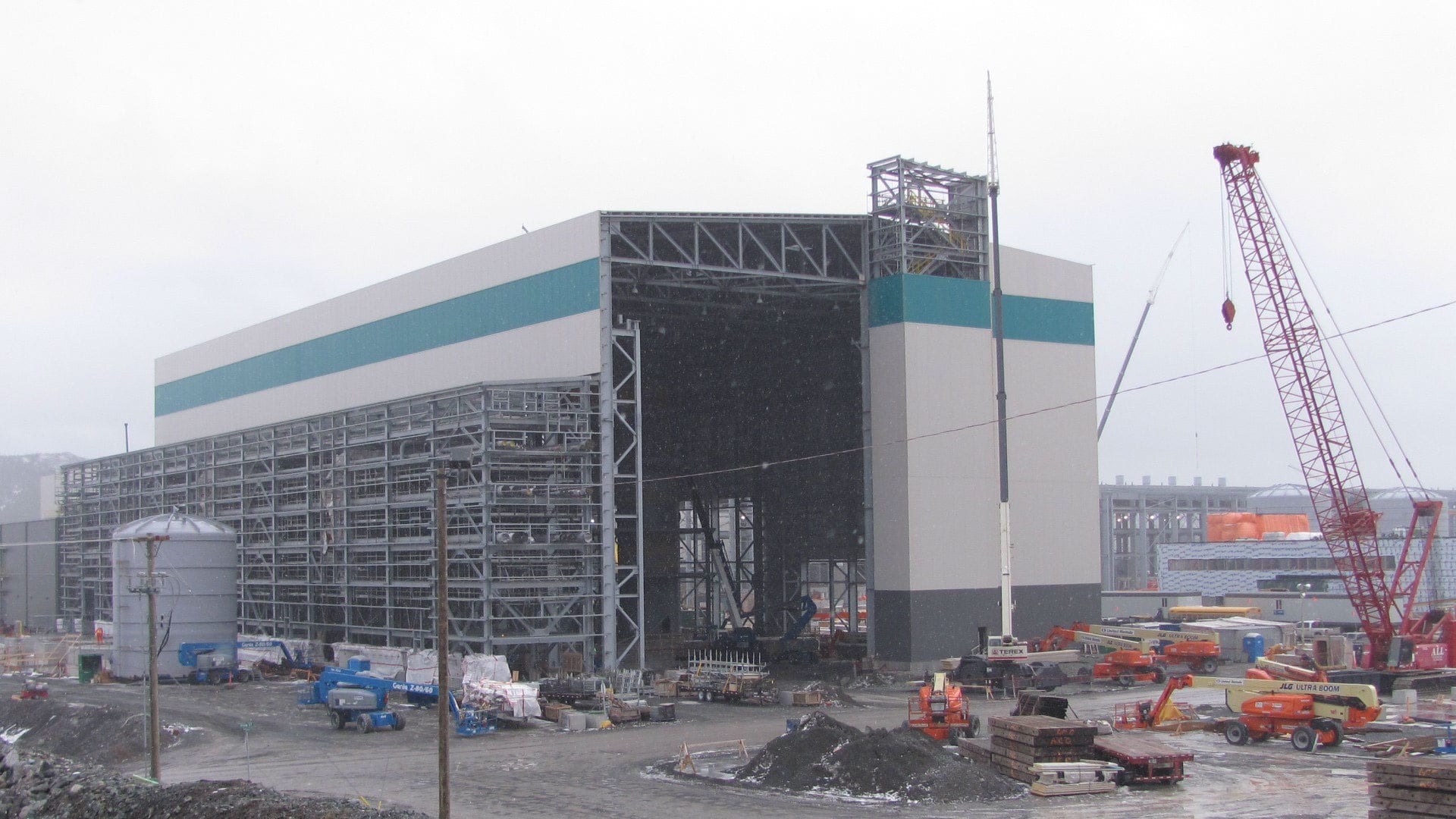
Durability
One of the key benefits of using polycarbonate or fibreglass roofing is exceptional durability. Quality fibreglass sheets will maintain their structural integrity for 10 to 30 years and even more. Polycarbonate sheeting, on the other hand, has an extraordinary impact resistance of 900 pounds per square metre. So once you install polycarbonate or fibreglass sheeting, you can be sure that these will last you a long time without incurring any repair or replacement expense.
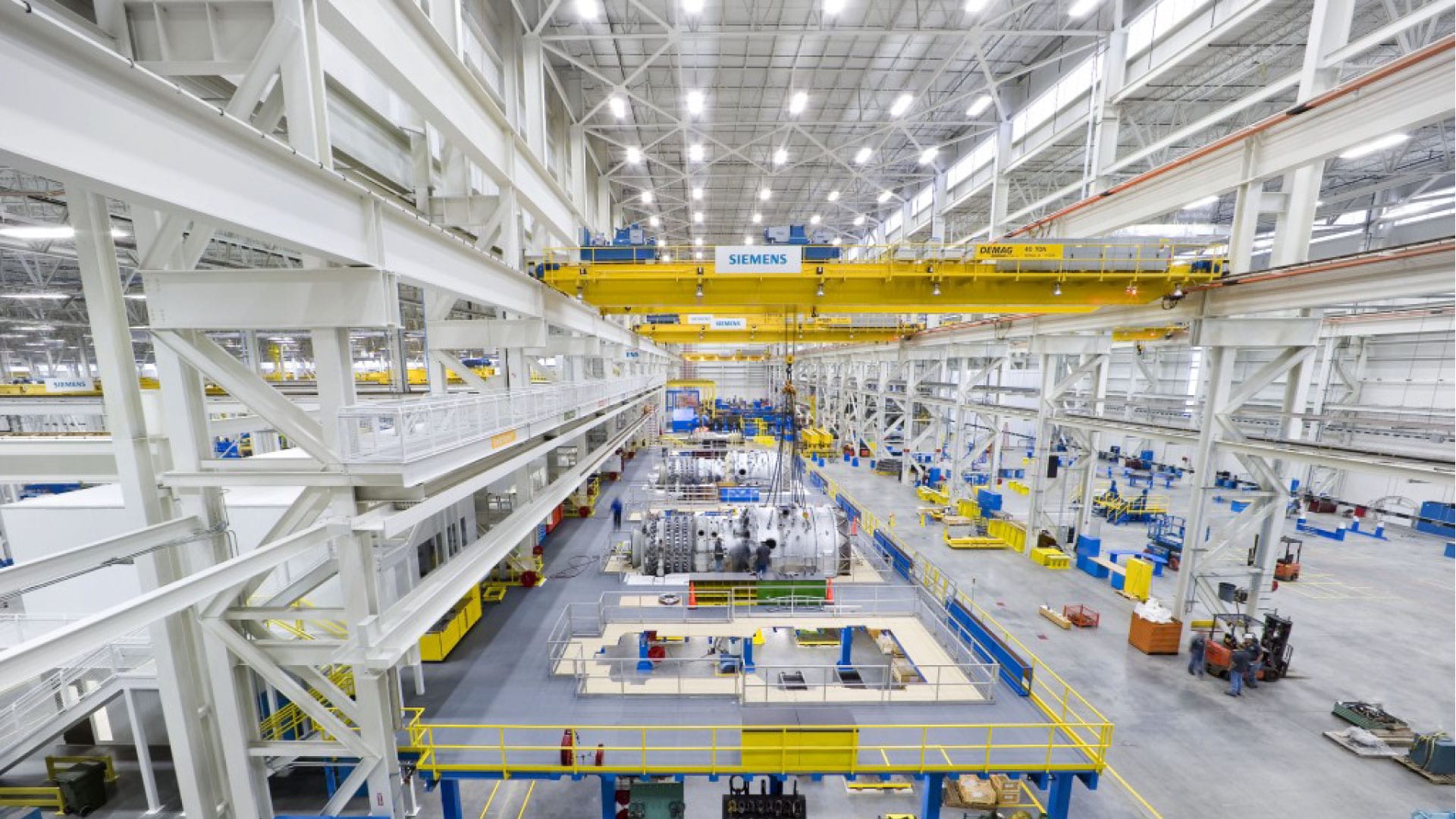
Maintenance-Free
Another overwhelming advantage of polycarbonate and fibreglass roofing is that they require little to no maintenance once installed. Conventional roofing products need you to attend to them year after year to keep them in good shape and repair them on a routine basis. Polycarbonate and fibreglass requires absolutely no long-term maintenance. At best, you may need to wash fibreglass panels once every year or two with high-pressure water to clear up the surface a little. Other than that, either of these roofing materials will serve you in good stead without any additional effort.
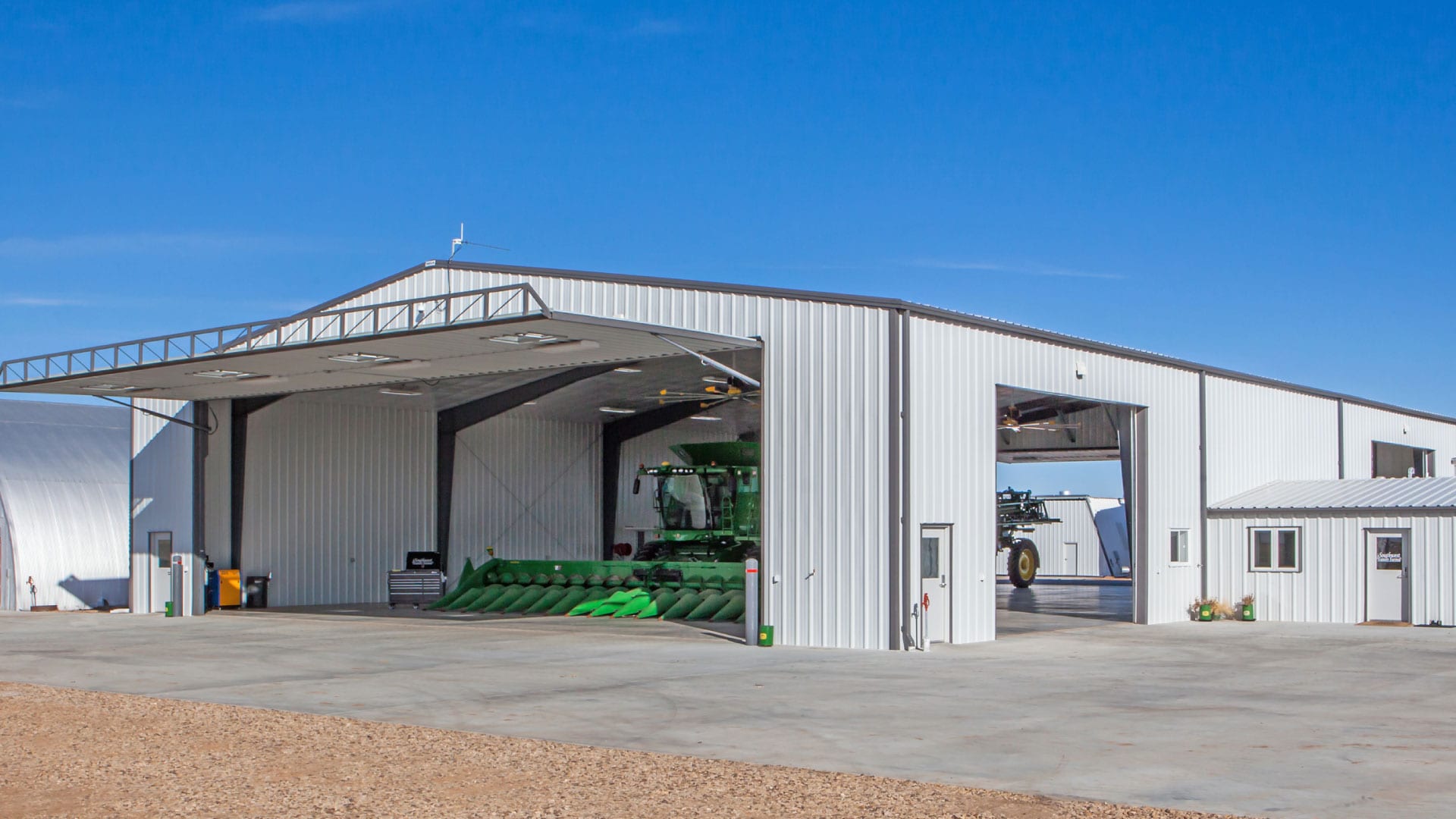
Light Transmission
As stated above, Australia is known for its ample sunlight year-round. Fibreglass roofing products as well as polycarbonate sheeting lets you use this to your advantage. Both materials are available as clear and translucent roofing panels. These panels are able to transmit light from the outdoors, letting you achieve natural illumination indoors. This is immensely helpful in reducing the monthly electricity costs of commercial and industrial facilities as it greatly reduces the need for artificial lighting.

Fire Resistance
Bushfires are a common occurrence in Australia. These fires spread rapidly and can cause damage on any buildings or structures in their path. Accidental fires are also a major hazard at industrial and commercial facilities. Polycarbonate and fibreglass roofing products are more capable than conventional roofing products in diminishing the damage from fires. The fire-resistant varieties of both materials are specifically manufactured to be fire-proof. This means that they don’t catch fire and by serving as a non-fuel barrier in the fire’s path, they also prevent it from spreading. As a result, they can significantly reduce any damage caused by fire.
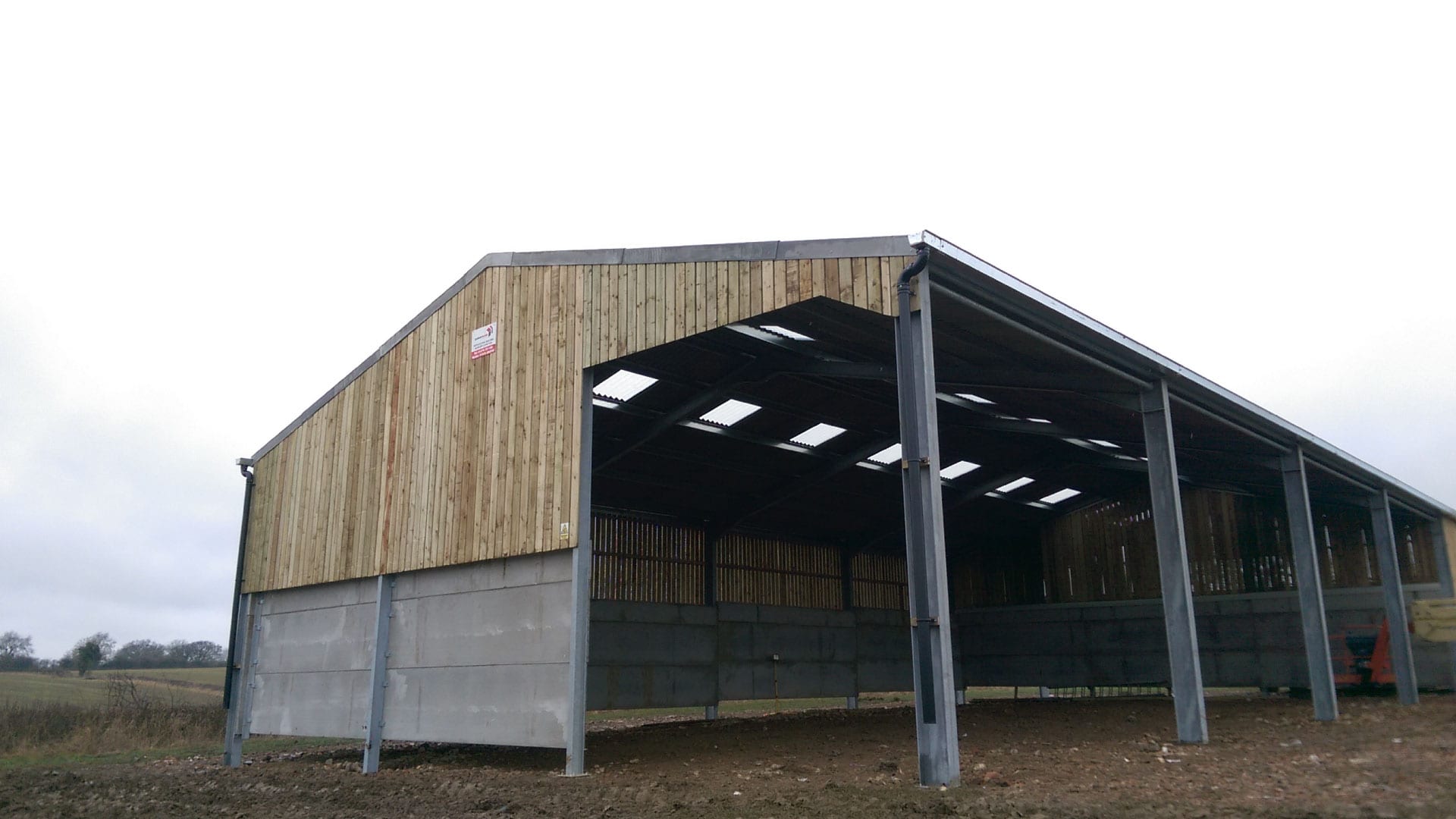
Insulation
Direct exposure to sunlight heats up the roofing of a building. This heat is transmitted through the roofing material to the interior of the building. As a result, the air-conditioning system has to exert more to regulate the temperature indoors. Polycarbonate and fibreglass roofing panels provide excellent insulation. As a result, they are able to block out the heat from the exterior. The air-conditioning systems have to exert less as a consequence, resulting in energy conservation.

